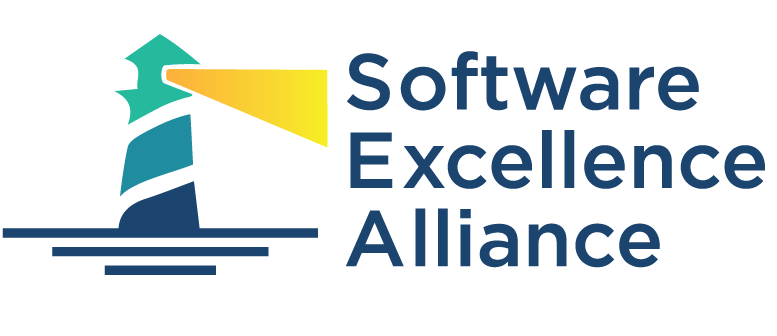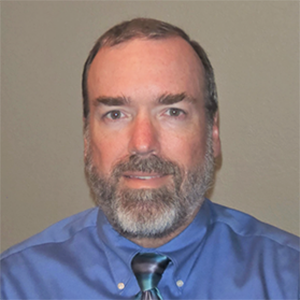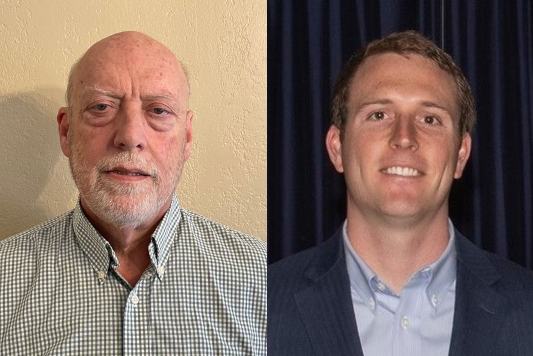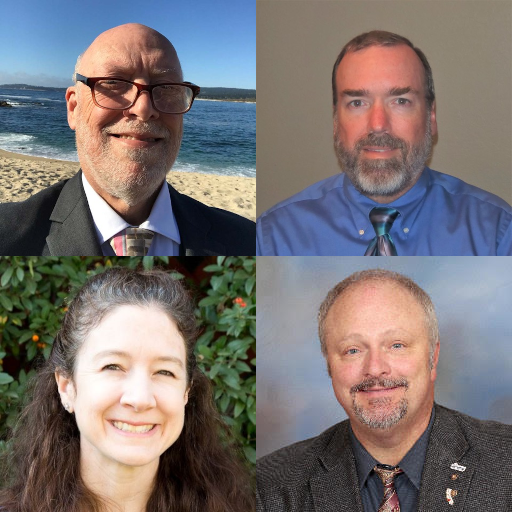Dr. Brad Hodgins is a computer scientist and has been supporting Naval Air Systems Command (NAVAIR) for 36 years. He has over 20 years of experience in developing simulation and avionics software. He has spent the last 16 years as a project planning and tracking coach and instructor for the Performance Resource Team (PRT), actively coaching project teams in the development of high-quality products for on-time, on-budget delivery to the fleet.
Brad views the SEA as an incredible venue to share best practices for planning and tracking software projects and to brainstorm solutions to problems currently affecting the Software Community. He is currently serving as the SEA Membership Coordinator and a member of the SEA Executive Team; he is also a member of the Next-Gen Tooling standing committee.
Jeff Schwalb is a computer scientist and has been supporting Naval Air Systems Command (NAVAIR) since 1984. He has over 20 years of experience developing and acquiring real-time embedded software systems for avionics, weapons, and range instrumentation systems. He also began collaborating with the Software Engineering Institute (SEI), learning and applying CMM key practices, becoming a certified Personal Software Process℠ (PSP℠) instructor and then a certified Team Software Process℠ (TSP℠) coach. Over the last 25 years, he has taught and consulted with hundreds of scientists and engineers in various forms of personal engineering processes and has coached dozens of projects in the launch and operations of team project planning and tracking.
In 2017, Jeff connected with the SEI on the establishment of the organization we know today as the Software Excellence Alliance (SEA). Today, Jeff continues to work within the SEA to identify and establish pragmatic, value-added solutions to problems currently affecting the software community. He is currently serving as a member of the SEA Executive Team and as a supporting member of SEA working groups in areas such as Membership, Agile Community Networking, and Knowledge Transfer.
David Saint-Amand is a Performance improvement coach with the Process Resource Team of the Naval Air Systems Command (NAVAIR). His previous positions include DCS Corporation Section Manager, Naval Operations Research Analyst, Engineering Geologist, and Seismic Safety Consultant.
He holds a B.A. in Geology from the University of California at Santa Barbara with a secondary emphasis in Computer Science. He is a Defense Acquisition University Certified Level III Life Cycle Logistician, a Software Engineering Institute (SEI) Certified Personal Software Process (PSP) Developer, an SEI-Authorized PSP Instructor, and a NAVAIR Internal Team Software Process Coach.
Kristianne Aberer has been working for the Performance Resource Team (PRT) of the Naval Air Systems Command (NAVAIR) as a Performance Improvement Coach for the past 3 years. She has helped multiple engineering project teams to plan and track their work so they could deliver high-quality products on cost and on schedule while maintaining a healthy work/life balance. Her previous positions include Electronics Design Engineer, Flight Test Engineer, and Stay-At-Home-Parent. Kristianne holds a B.S. in Mechatronic Engineering from California State University, Chico. Kristianne grew up being very involved in youth sports and had many wonderful coaches. She enjoys paying it forward by coaching youth soccer teams, teaching physical education at a small Montessori school, and coaching elementary students in track and field.







